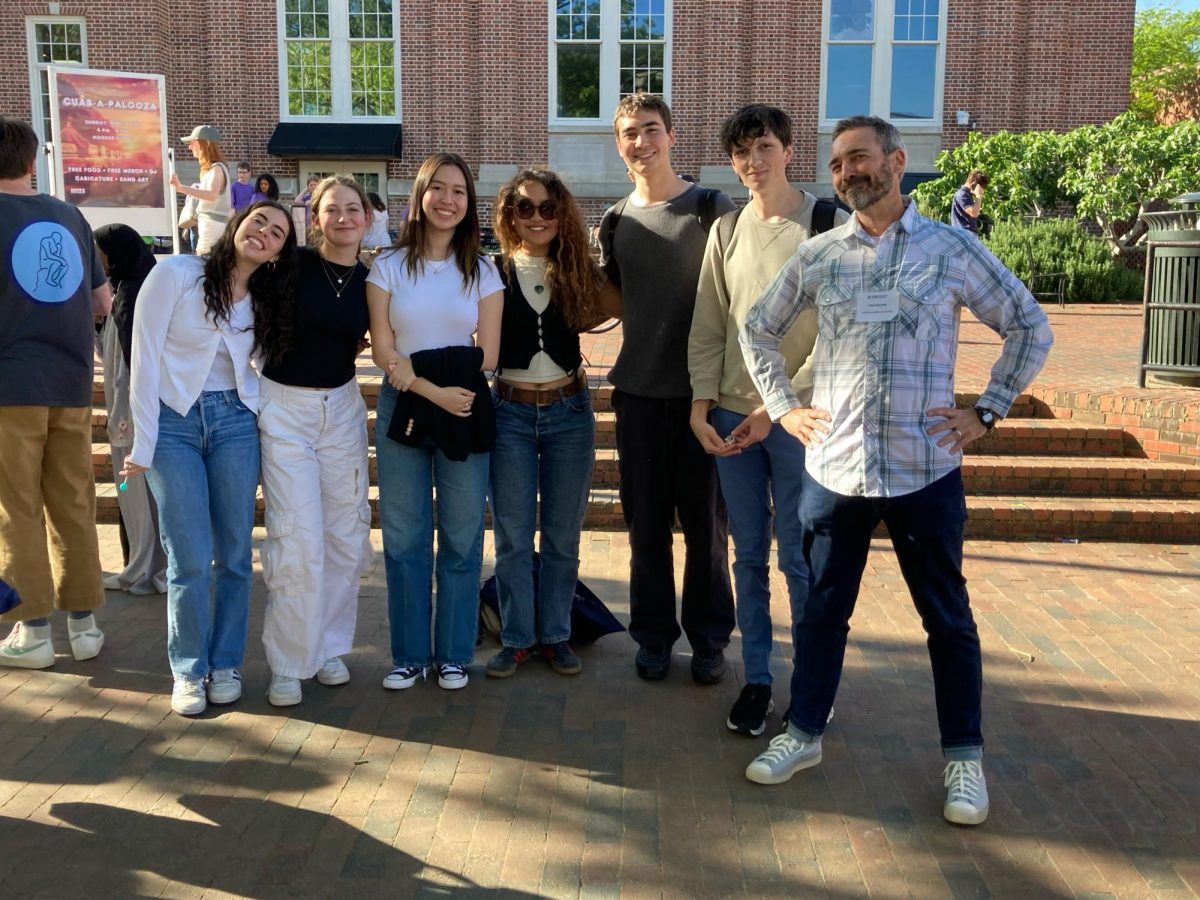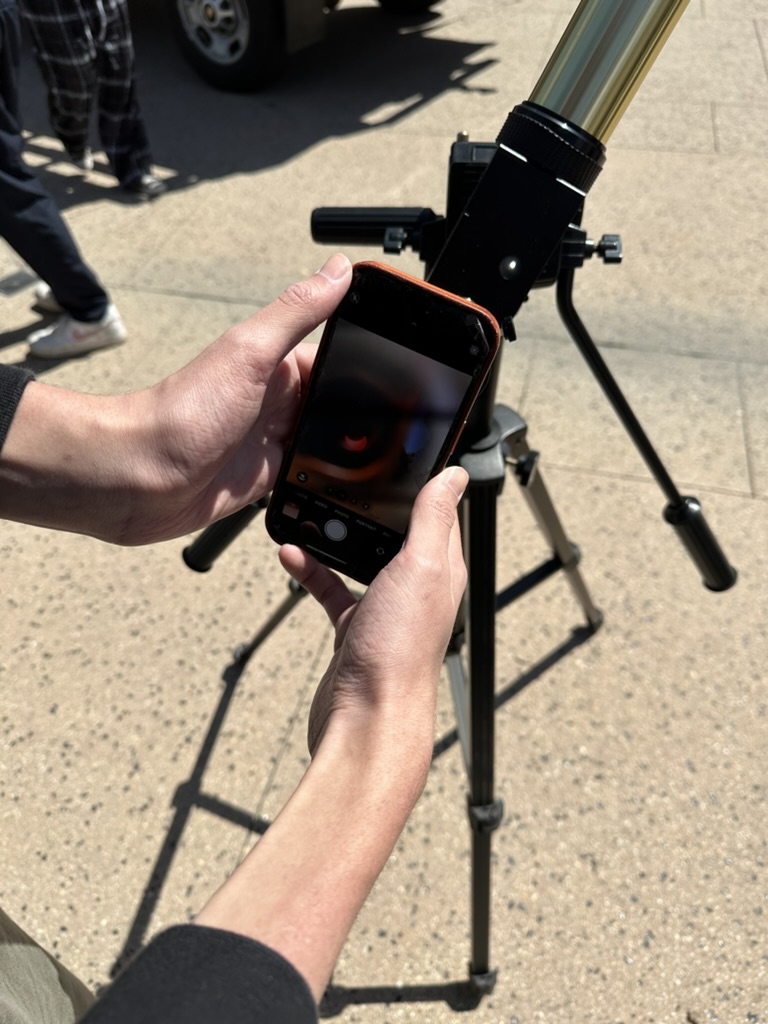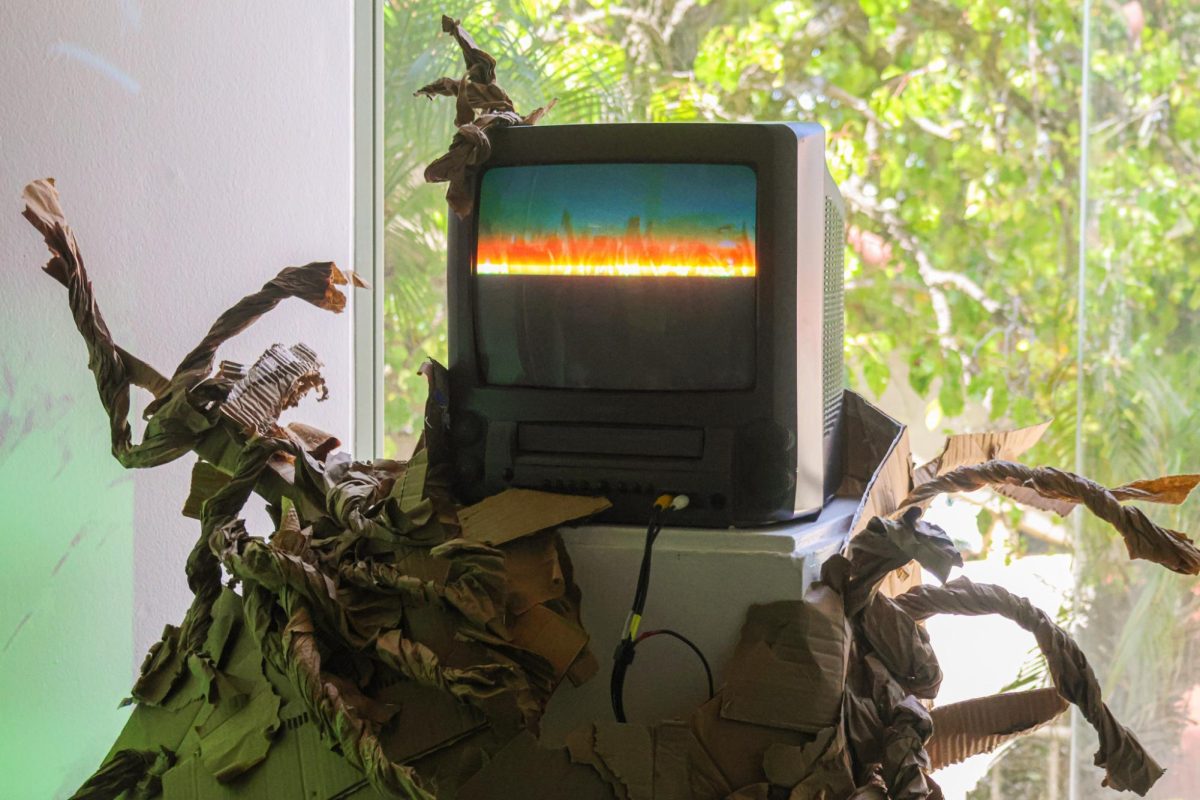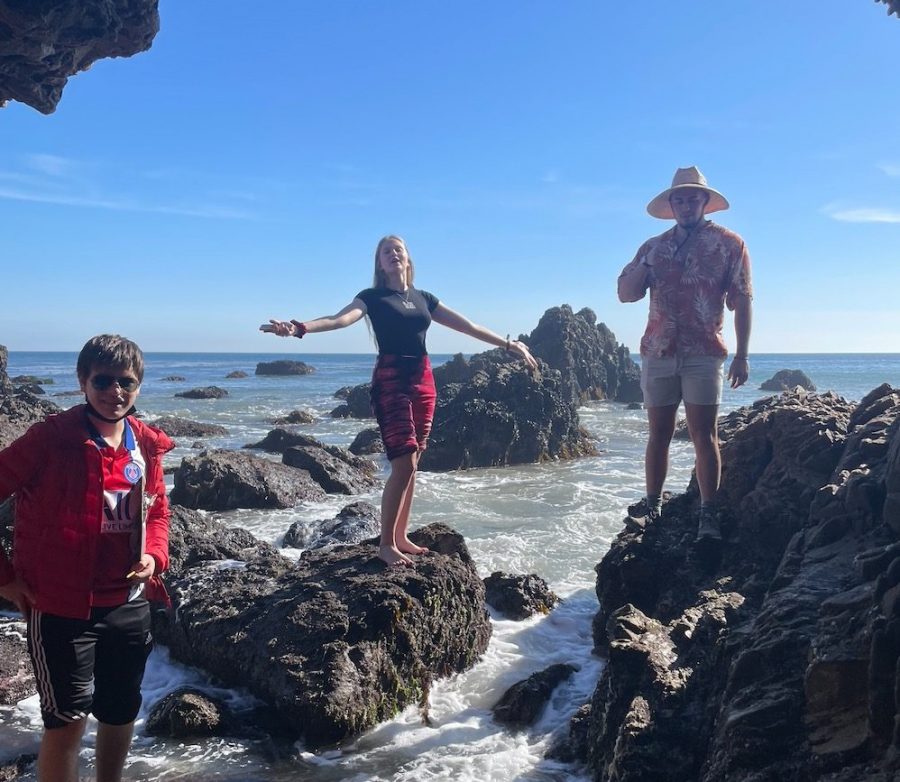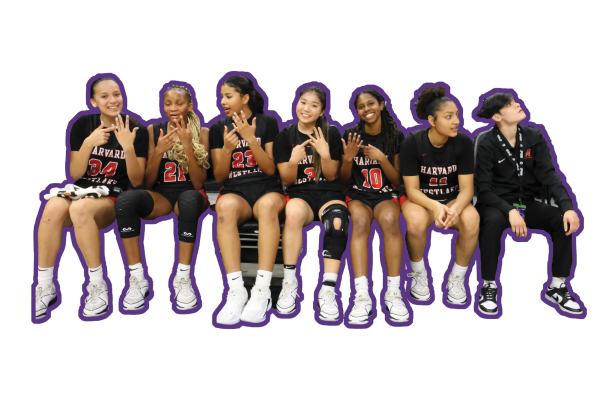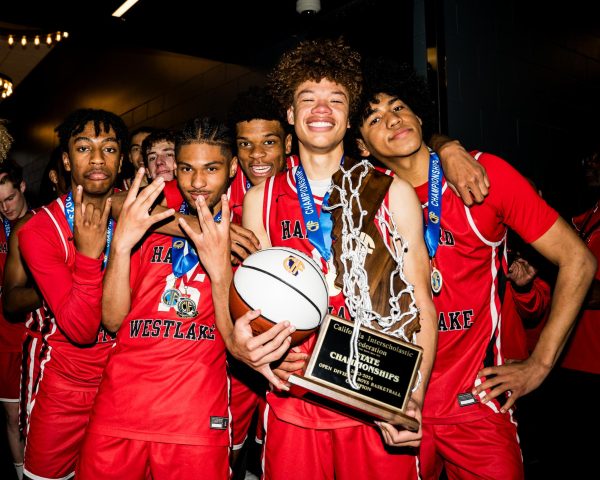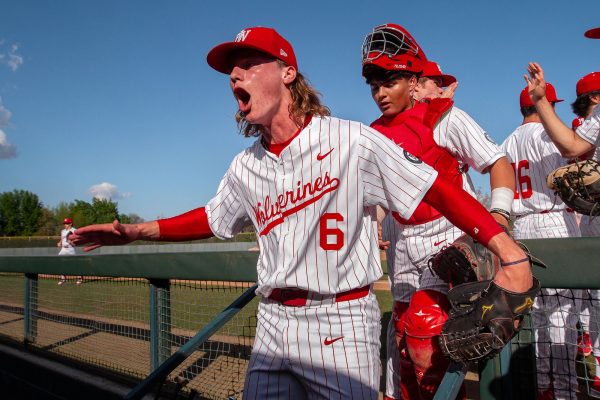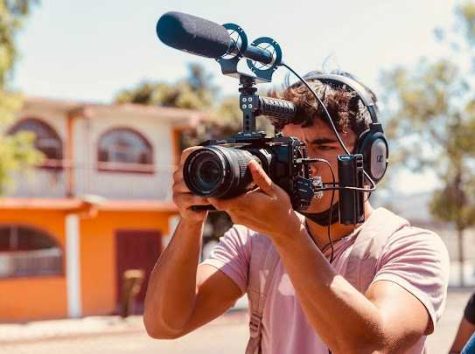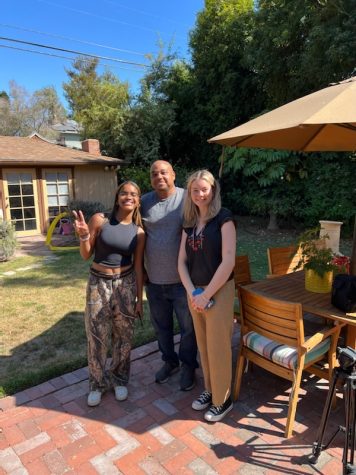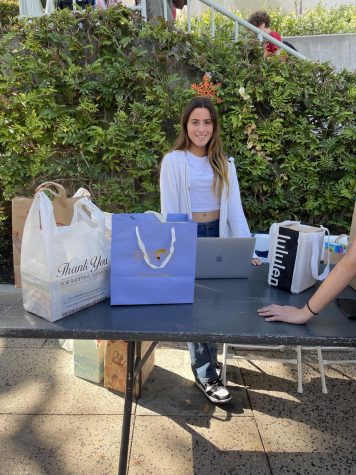Environmental Science class participates in field study
From left to right: Advanced Placement Environmental Science students Manu Markman ’23, Alex Astalos ’23 and Jesse Goldman ’23 explore a sea cave on their Nov. 15 trip.
November 18, 2021
Students in AP Environmental Science visited Leo Carrillo State Beach to participate in a field study Nov. 15 and 16. The trip serves as an outside lab for the course’s ecology unit, which covers the decline of biodiversity around the world.
Students spent time observing organisms and listing their population numbers by species. Later, they used their data to calculate and compare the biodiversity of different parts in the intertidal zone. Environmental science teacher Nadine Eisenkolb, who organized the trip with environmental science and chemistry teacher Ryan Ellingson, said they designed it to help students better understand population ecology and its effects on the environment.
“Looking at species evenness, species richness and figuring out how we can use numbers to evaluate them puts things into context, ” Eisenkolb said. “When we then look at practices like deforestation, it is important to know that we are shifting in biodiversity.”
Students also explored different parts of the beach, including the shore, the ocean and a sea cave. Nathalie Paniagua ’23, who attended the Nov. 15 trip, said she enjoyed observing organisms in their natural habitats.
“It was interesting to see how these organisms interact with each other and adapt to their environment depending on different biotic and abiotic factors,” Paniagua said. “Seeing the ecosystem coming together was an incredible experience.”
Grace Kosten ’22 said she bonded and made friends with people she did not yet know during the trip.
“It was definitely fun to drive out there, and I ended up talking to someone who I’m now good friends with,” Kosten said. “It was really fun to just have a Monday for a field trip like in middle school.”
Eisenkolb said she hopes students appreciate nature more after the trip.
“It is better for learning to be actually in the field and applying concepts you begin in class,” Eisenkolb said. “I also can’t make students appreciate nature as much if I don’t take them into nature. It is important that we learn to value the things that we want to protect.”

